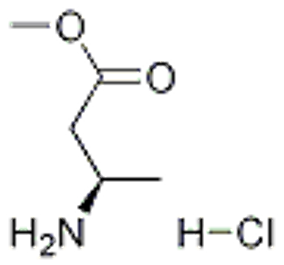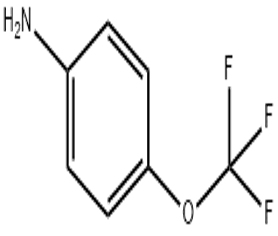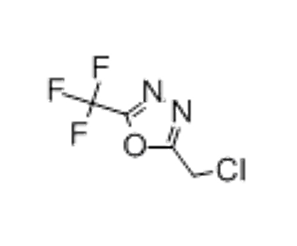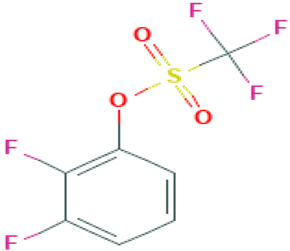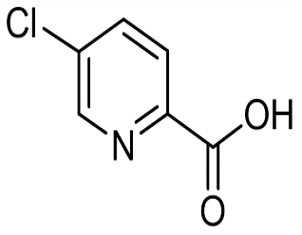Acrylic acid(CAS#79-10-7)
| Risk Codes | R10 – Flammable R20/21/22 – Harmful by inhalation, in contact with skin and if swallowed. R35 – Causes severe burns R50 – Very Toxic to aquatic organisms |
| Safety Description | S26 – In case of contact with eyes, rinse immediately with plenty of water and seek medical advice. S36/37/39 – Wear suitable protective clothing, gloves and eye/face protection. S45 – In case of accident or if you feel unwell, seek medical advice immediately (show the label whenever possible.) S61 – Avoid release to the environment. Refer to special instructions / safety data sheets. |
| UN IDs | UN 2218 8/PG 2 |
| WGK Germany | 1 |
| RTECS | AS4375000 |
| FLUKA BRAND F CODES | 8-13 |
| TSCA | Yes |
| HS Code | 29161110 |
| Hazard Class | 8 |
| Packing Group | II |
| Toxicity | LD50 orally in rats: 2.59 g/kg (Smyth) |
Introduction
Acrylic acid, chemical formula C3H4O2, is a colorless liquid with a pungent odor. The following is a brief introduction to the nature, use, formulation and safety information of Acrylic acid.
Nature:
1. Acrylic acid is a strong irritating organic acid, can react violently with water.
2. With high volatility, it can quickly volatilize into colorless and irritating vapor at room temperature.
3. Acrylic acid can be polymerized with many substances to prepare Poly Acrylic acid and its copolymers.
Use:
1. Acrylic acid is widely used in the chemical industry to prepare polymer materials such as Poly Acrylic acid, Acrylic acid ester and its copolymers.
2. Acrylic acid and its derivatives are also used in the preparation of adhesives, plastics, coatings and inks.
3. Acrylic acid can also be used as a rubber dispersant and textile finishing agent.
Preparation Method:
Acrylic acid can be obtained by hydrolysis of acrylonitrile. First, acrylonitrile is added to the alkaline aqueous solution, and acrylonitrile is converted to Acrylic acid by hydrolysis reaction.
Safety Information:
1. Acrylic acid is irritating. Contact with skin and eyes will cause burning sensation and may cause tissue damage.
2. Need to operate in a well-ventilated place to avoid inhalation of Acrylic acid vapor.
3. In the operation and storage, attention should be paid to prevent the Acrylic acid from coming into contact with the fire source or oxidant, so as not to cause fire or explosion.
4. Use personal protective equipment, such as chemical goggles, protective gloves, and protective clothing.



